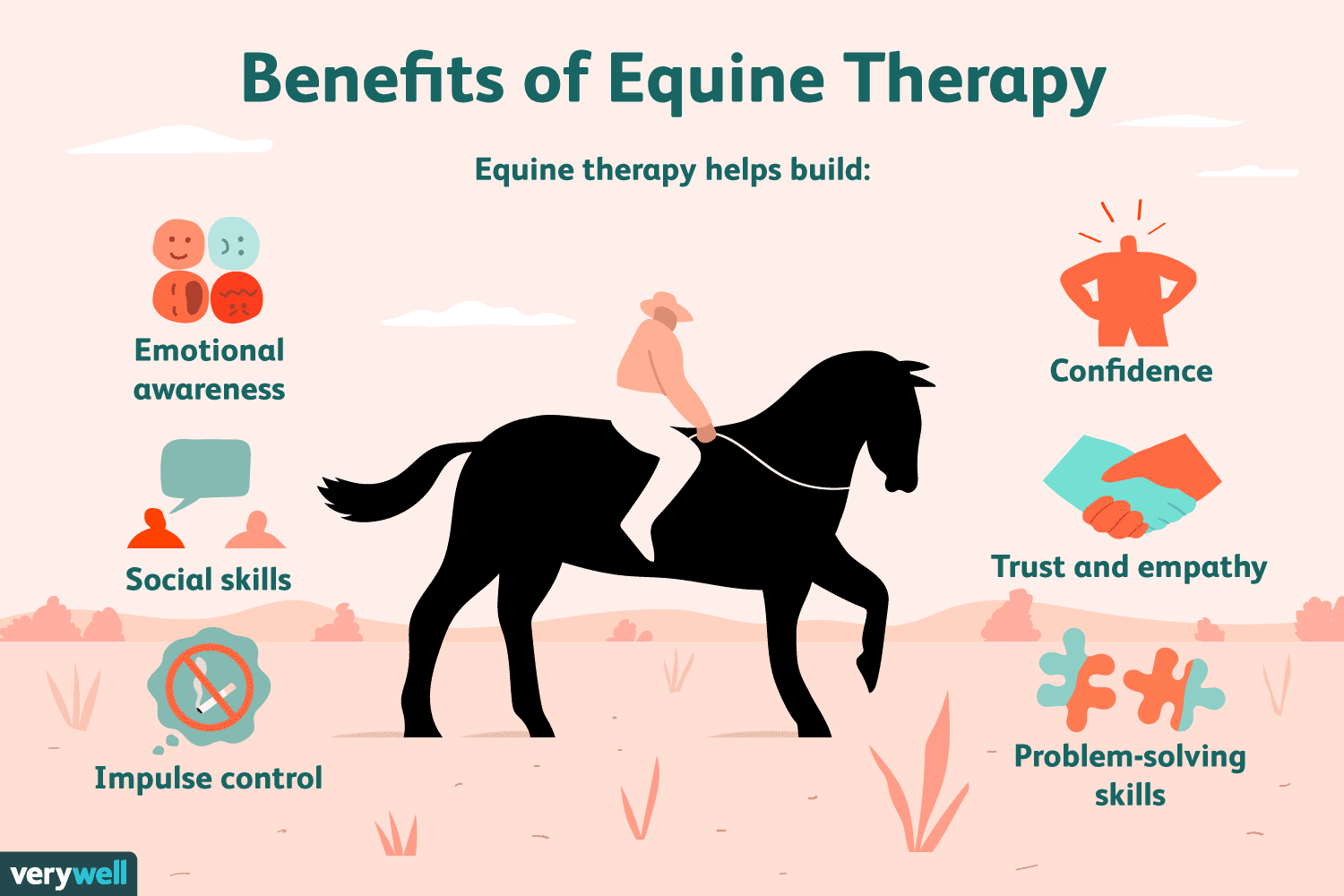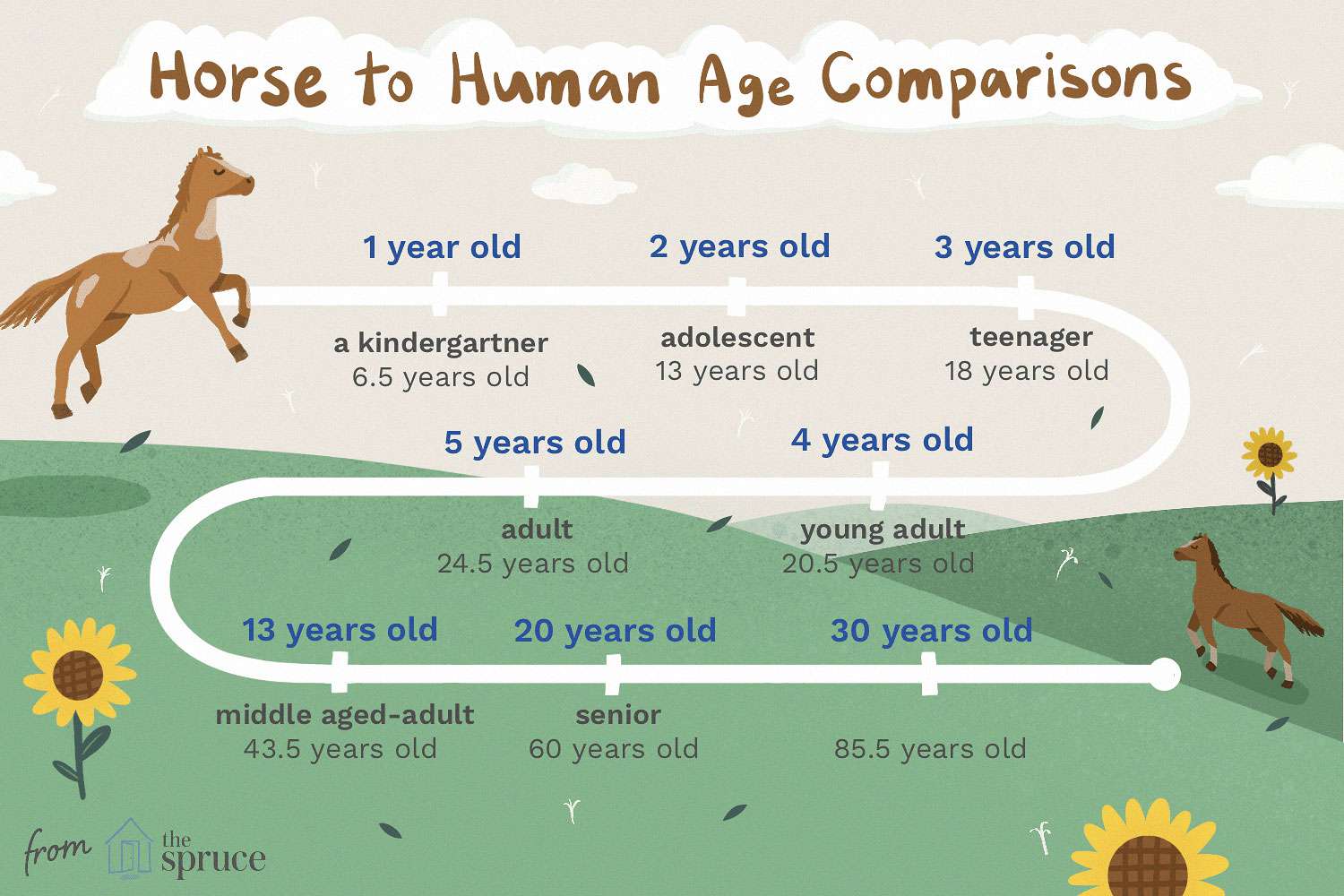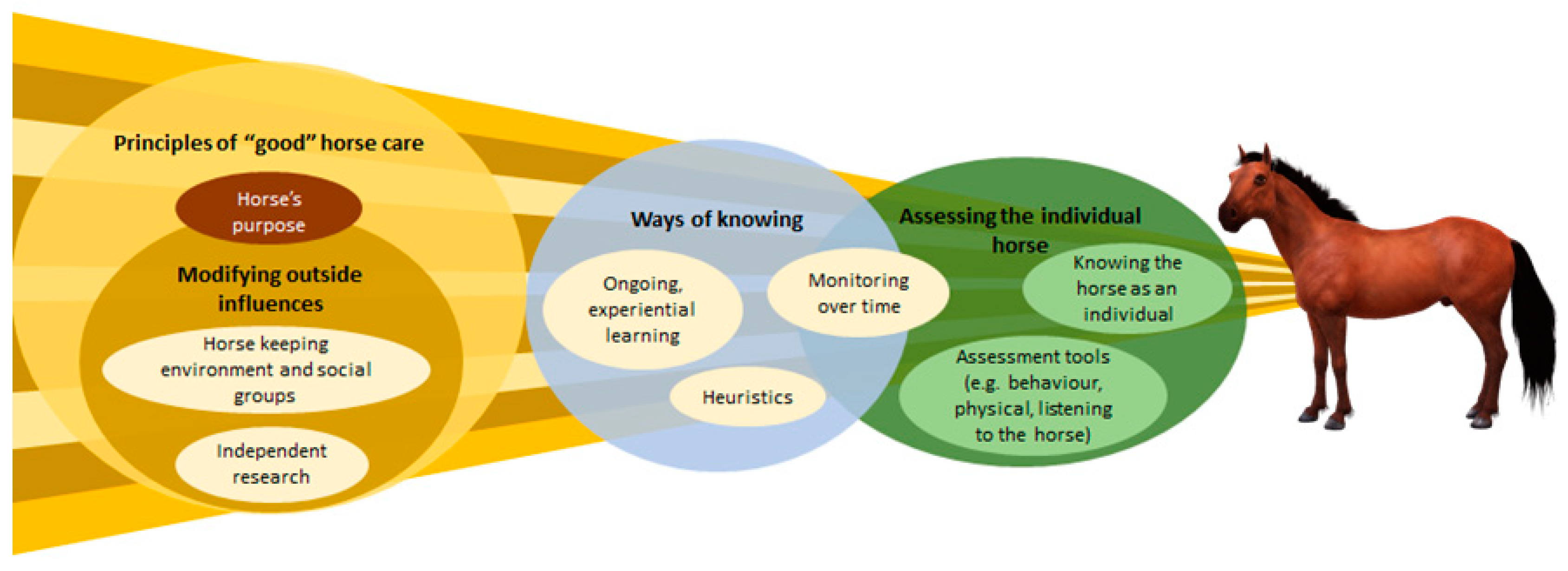Owning and caring for a horse can be a rewarding experience, but it also comes with a lot of questions and responsibilities. One common question that arises for horse owners and enthusiasts is, “How old is a horse when it is fully grown?” Understanding the growth and development of a horse is essential for providing proper care and training. In this article, we will explore the various stages of a horse’s growth and discuss when a horse can be considered fully grown.
The First Year: Birth to Yearling

The first year of a horse’s life is filled with rapid growth and development. Horses are typically born after an 11-month gestation period, and they are born with the ability to stand and walk shortly after birth. In the first few months, a foal will experience significant growth, gaining muscle and bone mass at a rapid pace. By the time a foal reaches six months of age, it will have developed the majority of its adult height, although it will continue to fill out and develop muscle tone over the next several years.
During the first year, it’s essential to provide proper nutrition and care to support the foal’s growth. This includes ensuring they receive adequate exercise, a balanced diet, and regular veterinary check-ups. Proper care during this crucial stage sets the foundation for a horse’s long-term health and development.
Yearling to Two-Year-Old

As a horse transitions from a yearling to a two-year-old, it continues to mature and develop physically and mentally. This stage is characterized by the horse filling out and gaining more muscle mass. While the horse may be close to its full height at this point, its body will continue to develop and mature.
It’s important to note that while a horse may reach its full height by the age of two, it is not considered fully grown in terms of skeletal and muscular development. The bones and joints of a young horse are still growing and solidifying, and it’s crucial to avoid overworking or putting excessive strain on a young horse during this stage of development.
Two to Four Years Old: Continued Development

The ages of two to four years are critical for a horse’s continued physical and mental development. During this time, the horse will continue to fill out and develop muscle mass, reaching its peak physical condition. The skeletal structure and joints will also continue to mature and strengthen, allowing the horse to handle more intense physical activities.
It’s essential for horse owners and trainers to approach the training and exercise of young horses with caution and patience during this stage. Pushing a horse too hard or too fast can lead to long-term physical issues and impact its overall well-being. Proper conditioning, training, and regular veterinary care are essential for supporting a young horse’s continued growth and development.
Four Years and Beyond: Fully Grown?

While a horse may reach its full height by the age of two, it’s important to understand that a horse’s skeletal and muscular development continues beyond this point. In fact, most horses are not considered fully mature in terms of skeletal development until the age of five or six. This means that while a horse may be physically close to its full size by the age of two, it still has significant maturation and development ahead of it.
Beyond the age of four, a horse will continue to develop muscle mass, strength, and overall physical conditioning through proper nutrition, training, and exercise. It’s crucial to remember that every horse is unique, and the rate of growth and development can vary based on factors such as breed, genetics, and individual health.
Factors Affecting Growth and Development

Several factors can influence the growth and development of a horse, impacting the age at which it is considered fully grown. These factors include genetics, nutrition, environment, and the level of physical activity. Different horse breeds also have varying growth rates and maturation timelines, with some breeds reaching full maturity earlier than others.
Nutrition plays a significant role in supporting a horse’s growth and development. A balanced diet that provides essential nutrients, vitamins, and minerals is crucial for ensuring proper skeletal and muscular development. Additionally, an appropriate exercise regimen tailored to the horse’s age and physical condition is essential for supporting healthy growth and conditioning.
Environmental factors, such as the quality of the horse’s living conditions and access to turnout and exercise, also play a role in its growth and development. A supportive and enriching environment can contribute to a horse’s overall well-being and physical development.
If you’re curious about the age and development of horses, you might find our articles on when a horse is too old to ride and how long a horse lives insightful. Additionally, if you’re interested in understanding the aging process of horses in comparison to humans, our piece on horse years in a human year could provide further understanding.
Conclusion
In conclusion, the age at which a horse is considered fully grown is influenced by several factors, including genetics, nutrition, and environmental conditions. While a horse may reach its full height by the age of two, it is not considered fully mature in terms of skeletal and muscular development until the age of five or six. Understanding the various stages of a horse’s growth and development is essential for providing proper care, training, and support.
For horse owners and enthusiasts, recognizing the importance of proper nutrition, training, and veterinary care during the horse’s formative years is crucial for setting the foundation for a healthy and strong adult horse. By understanding the factors that influence a horse’s growth and development, we can ensure that these magnificent animals reach their full potential and enjoy a long and fulfilling life.



